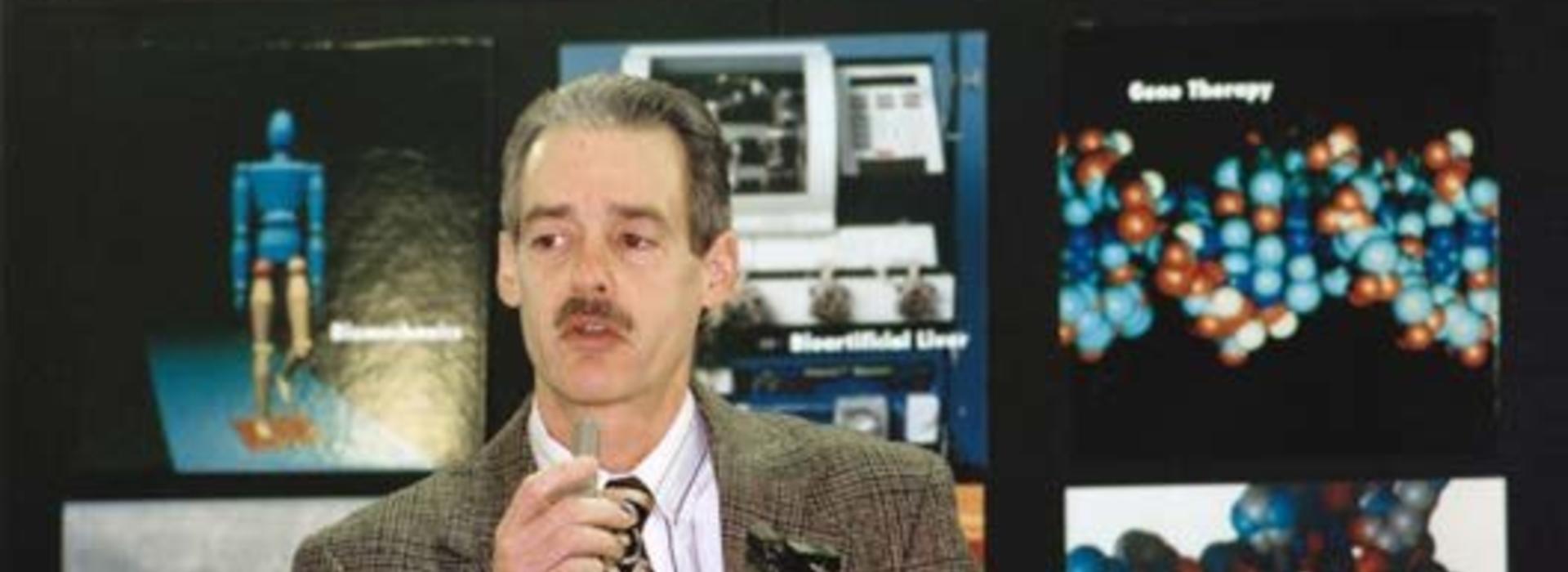
History
It’s hard to imagine, but “engineering in medicine” and “biomedical engineering” programs were virtually unheard of 50 years ago. People like Walt Lillehei and Earl Bakken simply tackled problems with a can-do attitude, studying medical and engineering material outside their fields as necessary.
The explosion of technological advancements and knowledge about biological systems naturally led to biomedical engineering departments and academic institutes like IEM. A broad outline of the University of Minnesota’s bioengineering history — including IEM — is captured below.


